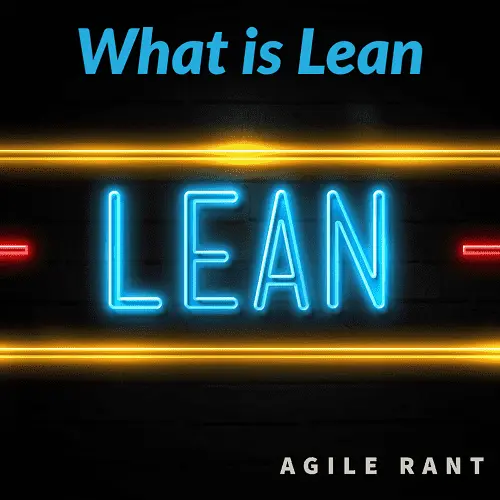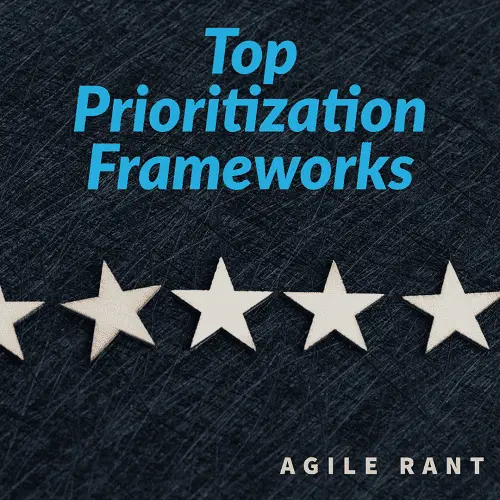Prioritization frameworks will help you align the team to the right work. Doing the things that will help your team deliver value and your organization be successful. But, which should you use? What best suits the needs of your team? There are pros and cons to each of.
Here are the top 5 prioritization frameworks:
Prioritization is an essential aspect of project management and decision-making. Prioritization frameworks provide a systematic approach to help teams prioritize tasks, projects, and resources.
Eisenhower Matrix
The Eisenhower Matrix, also known as the Urgent-Important Matrix, is a simple and effective prioritization framework. The framework categorizes tasks based on their urgency and importance, and helps individuals or teams decide which tasks to prioritize. The matrix consists of four quadrants: Urgent and Important, Not Urgent but Important, Urgent but Not Important, and Not Urgent and Not Important.
MoSCoW Method
The MoSCoW method is a prioritization framework that helps teams prioritize requirements or features based on their importance. The method categorizes requirements into four categories: Must Have, Should Have, Could Have, and Won’t Have. This approach helps teams identify the critical features or requirements that must be included in a project or product.
Kano Model
The Kano Model is a prioritization framework that helps teams determine which features or requirements will provide the most value to customers. The model categorizes requirements or features into three categories: Must-Haves, Performance Attributes, and Delighters. This approach helps teams identify the features that are essential, the ones that will improve performance, and the ones that will delight customers.
Weighted Shortest Job First (WSJF)
The Weighted Shortest Job First (WSJF) prioritization framework helps teams prioritize tasks or projects based on the value they provide and the effort required. The framework calculates a score for each task or project based on its value, time criticality, risk reduction, and job size. The tasks or projects with the highest WSJF scores are prioritized first.
Cost of Delay (CoD)
The Cost of Delay (CoD) prioritization framework helps teams prioritize tasks or projects based on the cost of delaying them. The framework calculates the cost of delaying each task or project, based on the potential revenue loss or missed opportunities. The tasks or projects with the highest CoD scores are prioritized first.
In conclusion, prioritization frameworks provide a structured approach to help teams prioritize tasks, projects, and resources. The Eisenhower Matrix, MoSCoW Method, Kano Model, Weighted Shortest Job First (WSJF), and Cost of Delay (CoD) are among the top prioritization frameworks. By using these frameworks, teams can make informed decisions and allocate resources effectively, resulting in better outcomes and increased productivity.
Additional reading after prioritization frameworks info
It’s not just about prioritization and ideas, processes or the frameworks that help you prioritize. There are other ways of thinking that help focus on value and deliver work that meets customer needs.
Ideas from Agile development and Lean practices could also suit your teams. After reading about prioritization frameworks, read about the ways to help do the work.


Check Out Prioritization Frameworks Unpacked!
Aha, a great tool to help build out product roadmaps, has info on the options of prioritization frameworks and is a good read to check out. A solid list of of common frameworks and some info on each one. Available here.
Another read available at Roadmunk has 9 prioritization frameworks. As well as good summaries of the framework options. Check out this good read here.

